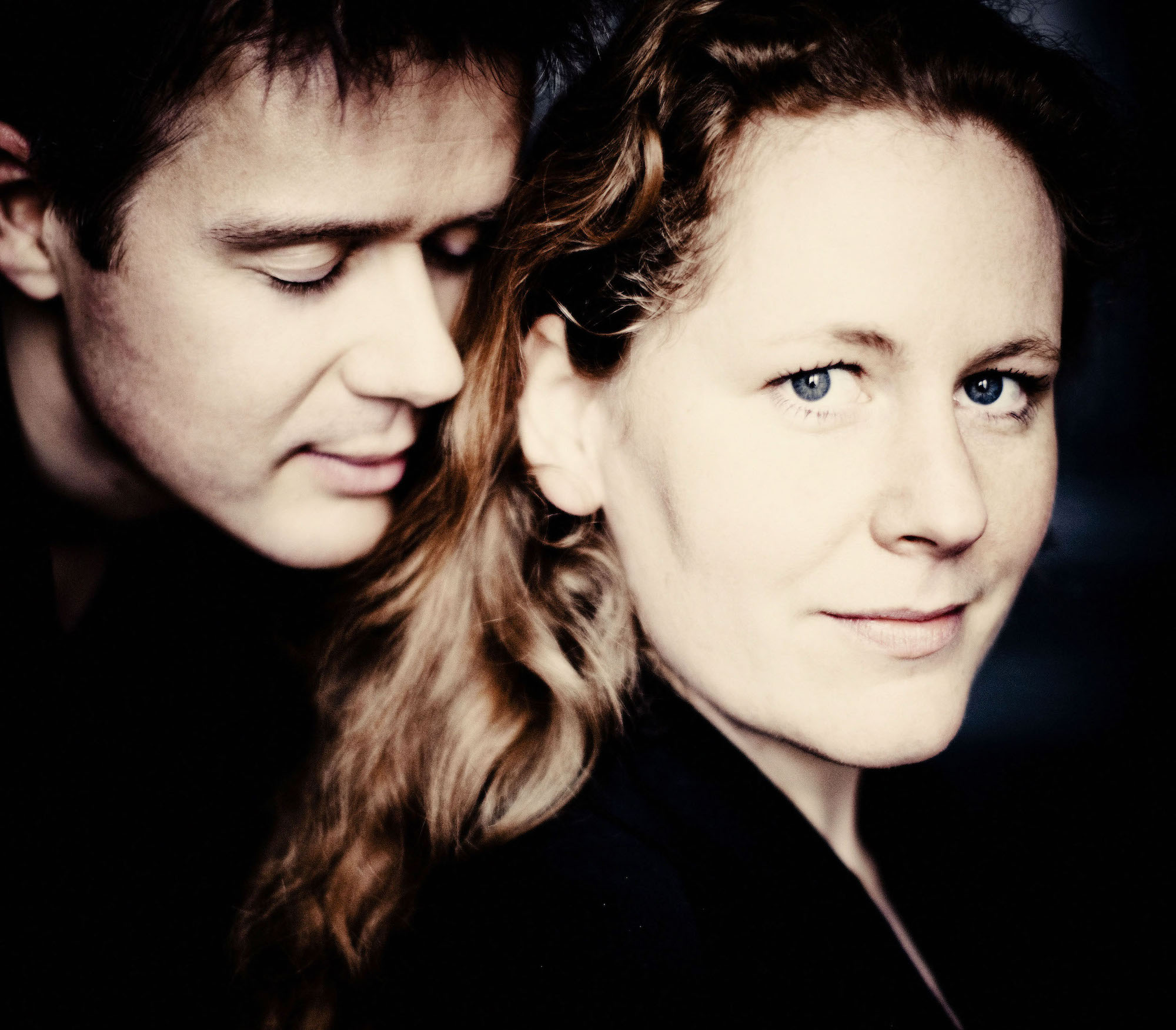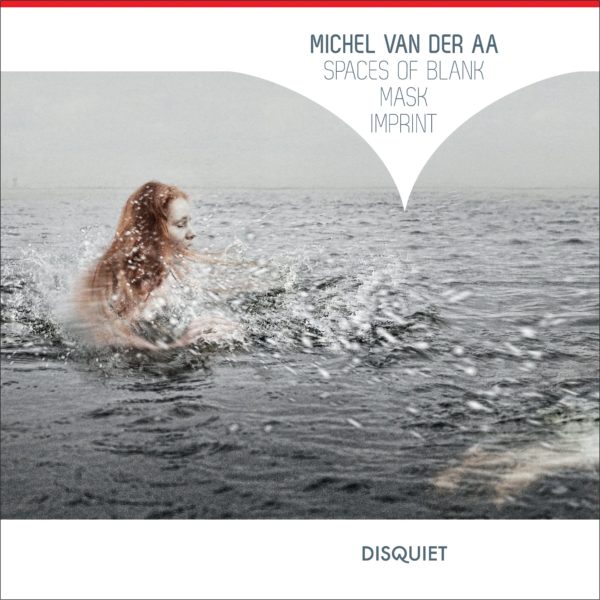Michel Van der Aa’s song cycle Spaces of Blank for mezzo-soprano, orchestra and soundtrack received its world premiere on 19 March in the Amsterdam Concertgebouw. The Dutch mezzo-soprano Christianne Stotijn was soloist, with the Royal Concertgebouw Orchestra conducted by Ed Spanjaard. The 26-minute work, set to texts by Emily Dickinson, Rozalie Hirs and Anne Carson, was commissioned by the Royal Concertgebouw Orchestra, Radio France, the NDR Orchestra in Hamburg and the Fund for the Creation of Music.
The common element of the poems is the use of space as an analogy for anxiety. These five poems, spread over three movements, inspired van der Aa to take the listener on a virtual journey through ‘spaces of blank’: ominous moods combined with spatial experience, varying from an endless ‘solitude of space’ (Emily Dickenson) to a closed ‘garden of statues’ (Rozalie Hirs). The alternation between overwhelming expanses and oppressive intimacy is an essential element of the work, assisted by a soundtrack that either expands or freezes the sound of the orchestra and manipulates the acoustics of the various spaces.
At first glance, Spaces of Blank (2007) by the Dutch composer Michel van der Aa appears to be a conventional three-movement song cycle for mezzo-soprano, orchestra and soundtrack. The work, written on a commission from the Royal Concertgebouw Orchestra, Radio France and the Norddeutsche Rundfunk, is a setting of evocative poems by Emily Dickenson, Anne Carson and Rozalie Hirs; it is scored for more or less standard orchestral forces; the solo part is, for the most part, without vocal eccentricities. Less common is the addition of a soundtrack, but on the surface there appears to be nothing particularly radical about it.
Right from the opening measures, though, nothing is as it seemed. Sombre multi-voiced brass blocks vaporize in a stratosphere of high-frequency electronica and cool, soft strings; in the background, mechanical ‘clicks’ on the piano, harp and glockenspiel in their uppermost register transform the orchestra into a quasi-digital instrument. As ‘beautiful’ as it is, the music is clearly the product of an imagination that far surpasses the purely musical. The broad expanse of the orchestra creates an immediate sensation of space, the audible space that, as a metaphor for anxiety, becomes the work’s ‘house’.
Anyone familiar with this composer’s music will recognize its inhabitant. Since the opera One (2002) and the Here trilogy for soprano, chamber orchestra and soundtrack (2001-2003), she is the proverbial Van der Aa personage: a reclusive individual, this time lost in ‘a solitude of space / a solitude of sea / a solitude of death’.The composer explores her in the same way the woman observes her own world: hyper-edgy but devoid of sentimentality. He views her drama objectively, not explicitly. The apparently ‘Romantic’ gesture of the rushing, driving strings is neutralized by the strictly-imposed detachment of the notes; vibrato is forbidden from the first to the last measure. The orchestra is not so much an instrument of overt feelings than a study object. At times it is as though it gets caught in a groove, and is transformed into a misfiring apparatus that operates even more mechanically than the human-like electronica. The singer, detached and yet close by, sings ‘in Baroque style with regard to vibrato, clarity of tone and expression.’
And so Spaces of Blank becomes, by playing with the outward show of the opposite, everything that a ‘normal’ song cycle is not. No vale of tears, not yet another post-Romantic intimate declaration; the cool yet intense analysis of sweeping, cryptic suffering. As a dramatized documentary about a genre it is quintessential Van der Aa. He is the observer whose expedition begins with the vital life questions his characters pose on his behalf. What do I see and hear, who am I, what do I feel, what do I think, where do I stand? His brand of composing – and in the meantime, much more than just that: Van der Aa also films and directs – is less a matter of style as of attitude. ‘I’m not a composer of just notes,’ he once said. Although he willingly qualifies that statement (‘not that notes aren’t important’), music is for Van der Aa unmistakably part of a larger whole. The immediate recognizability of his tone, with the typical alternation between hectic motion and serene, surprisingly sonorous electro-acoustic harmonies, does nothing to diminish this assertion.
— Bas van Putten. June 2009





